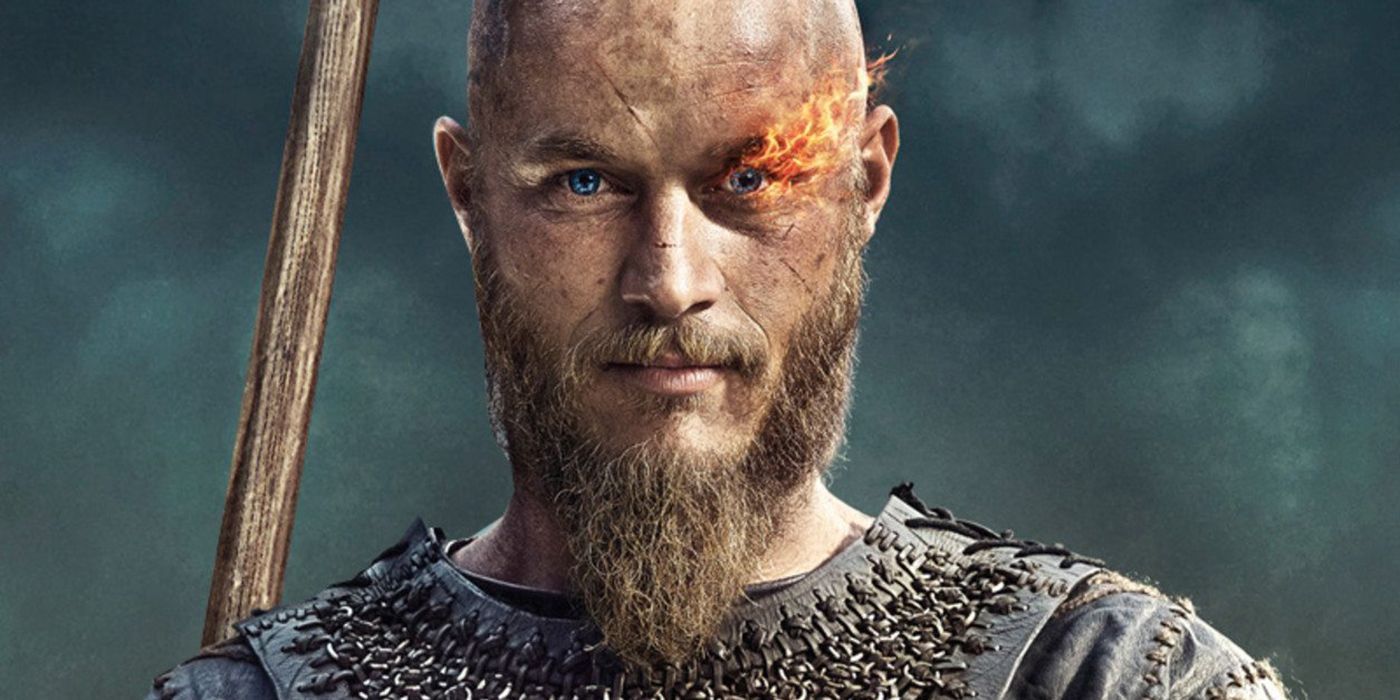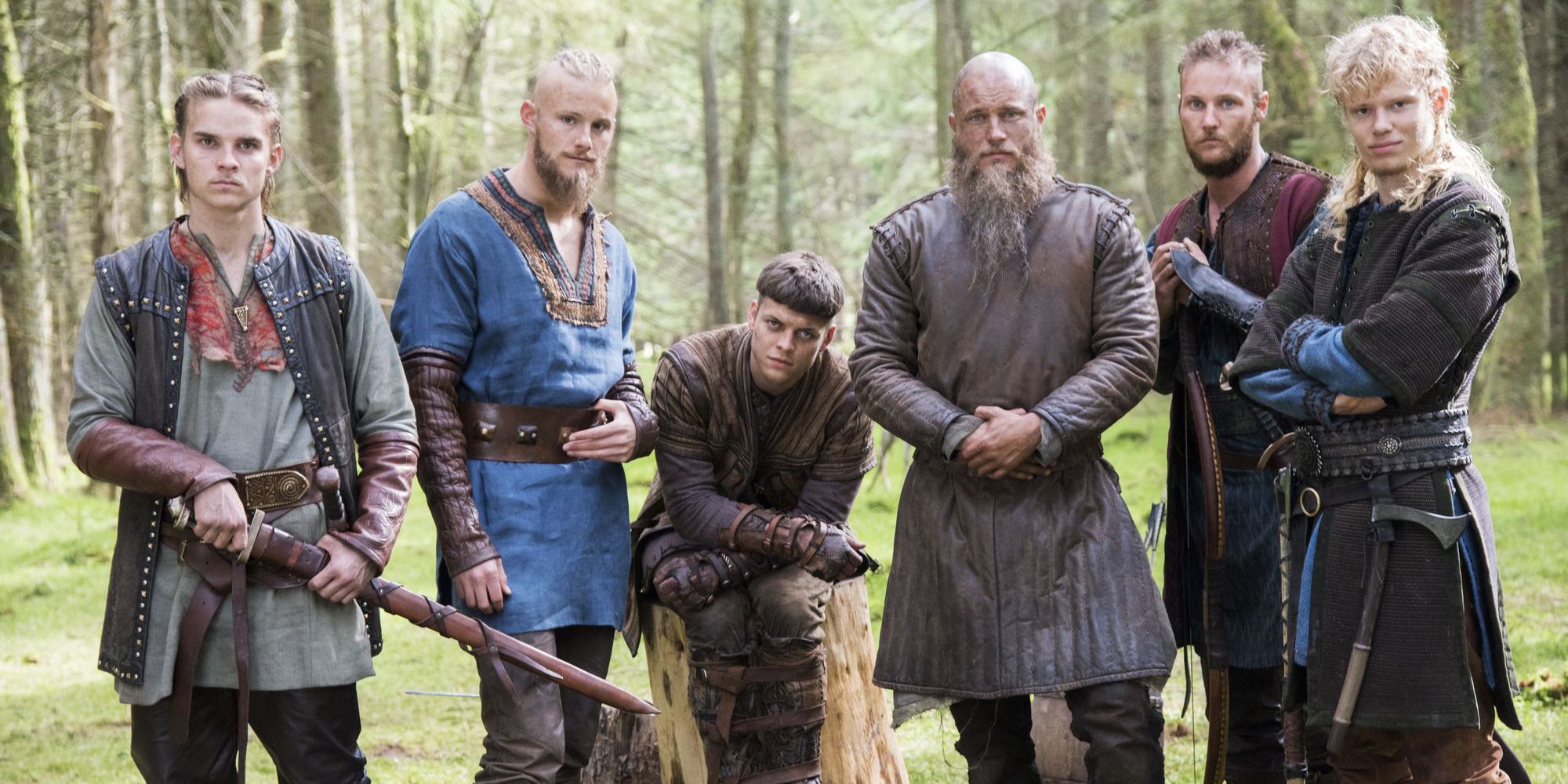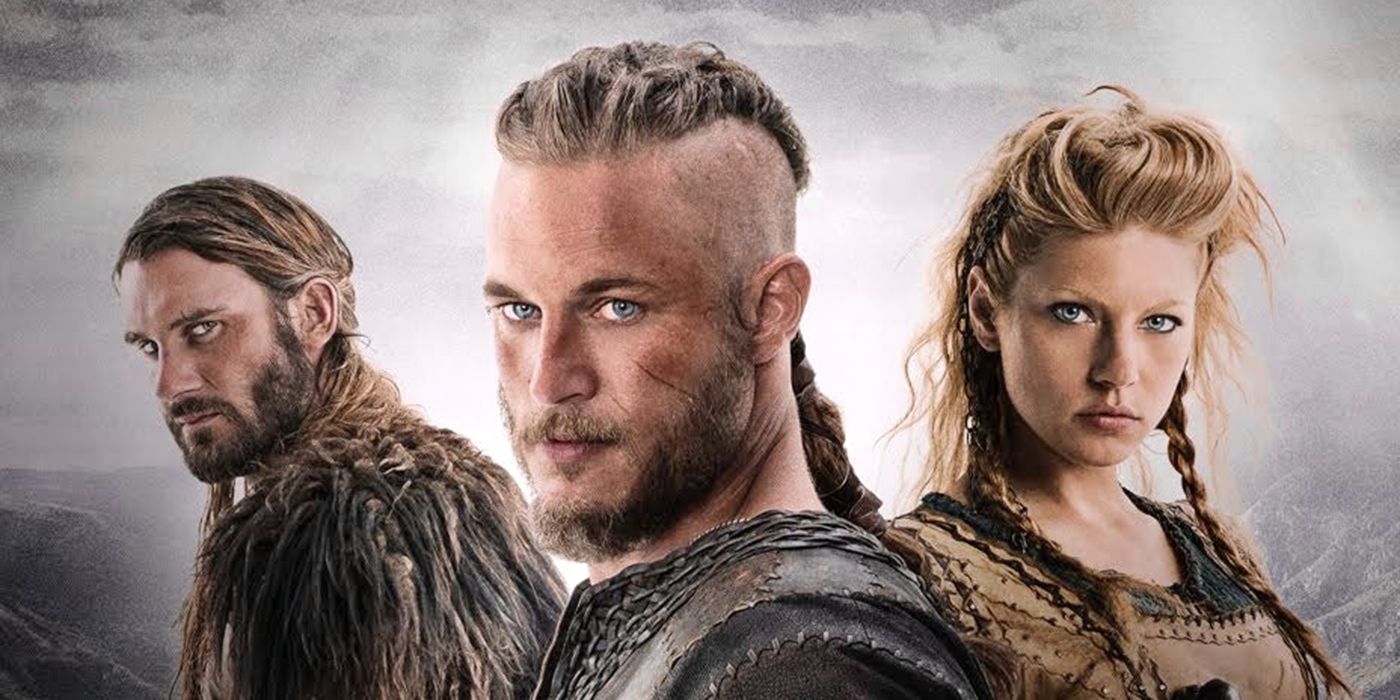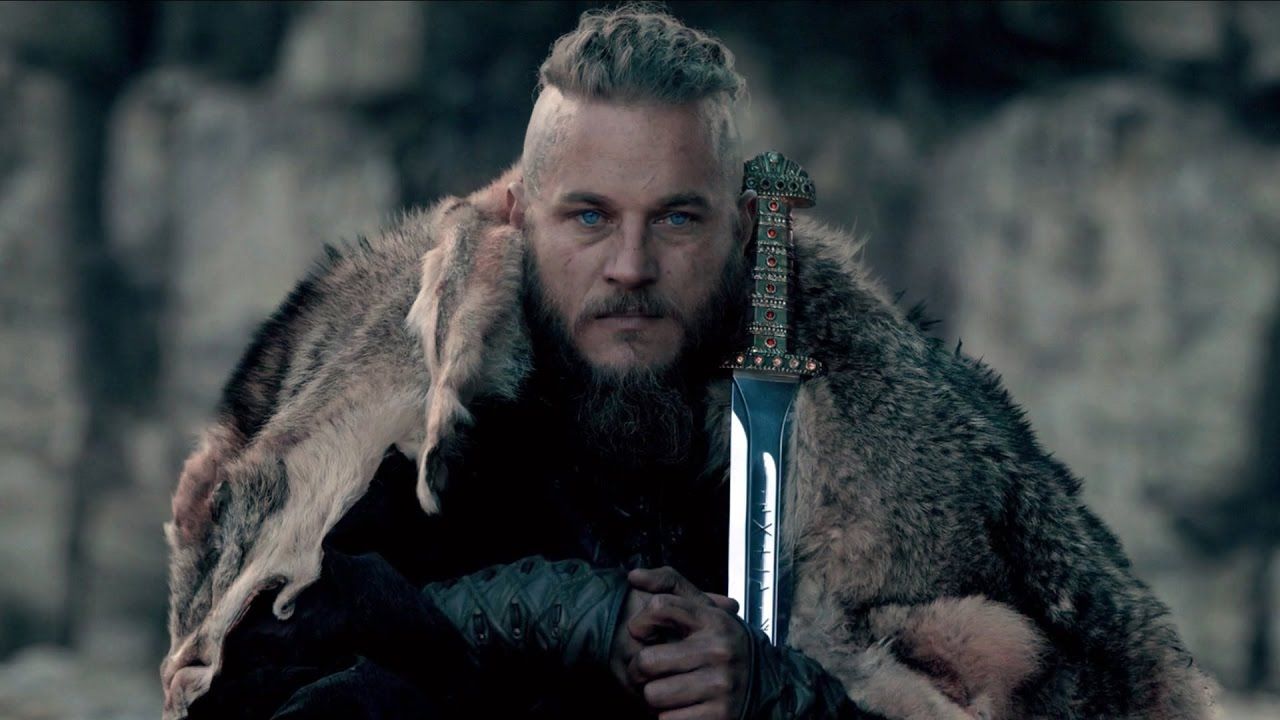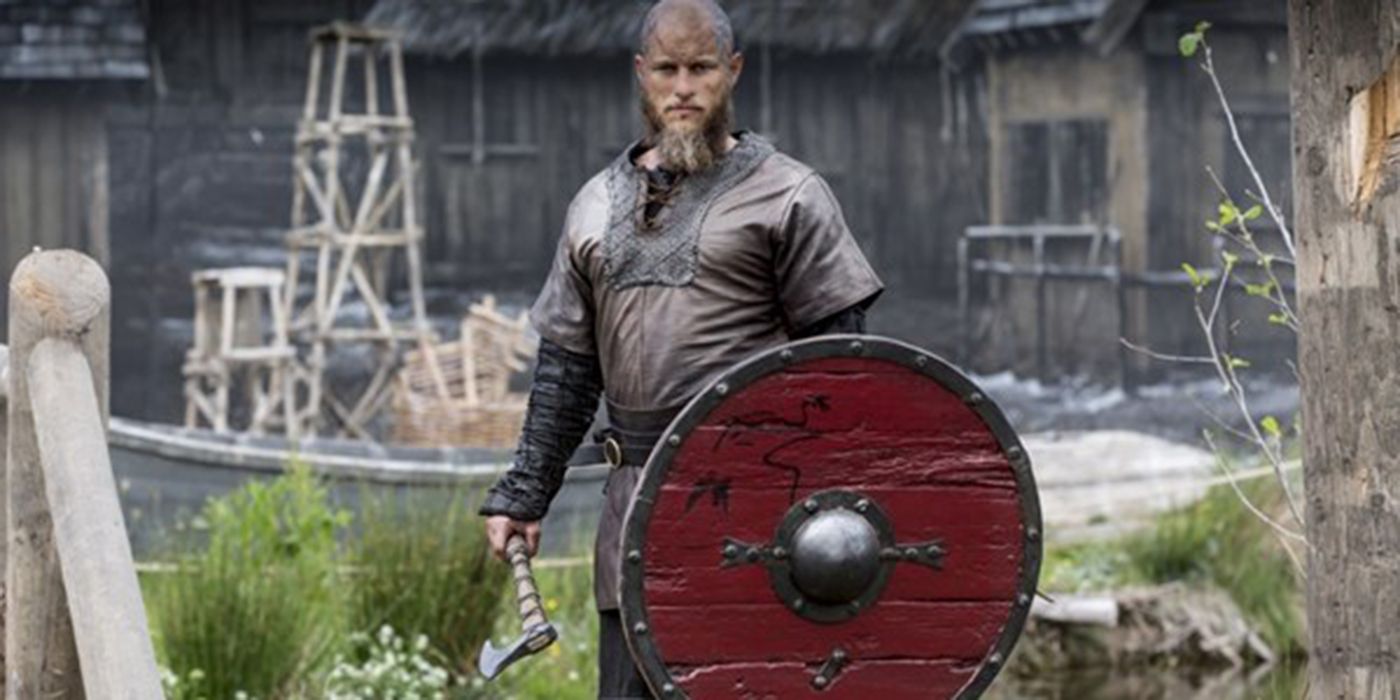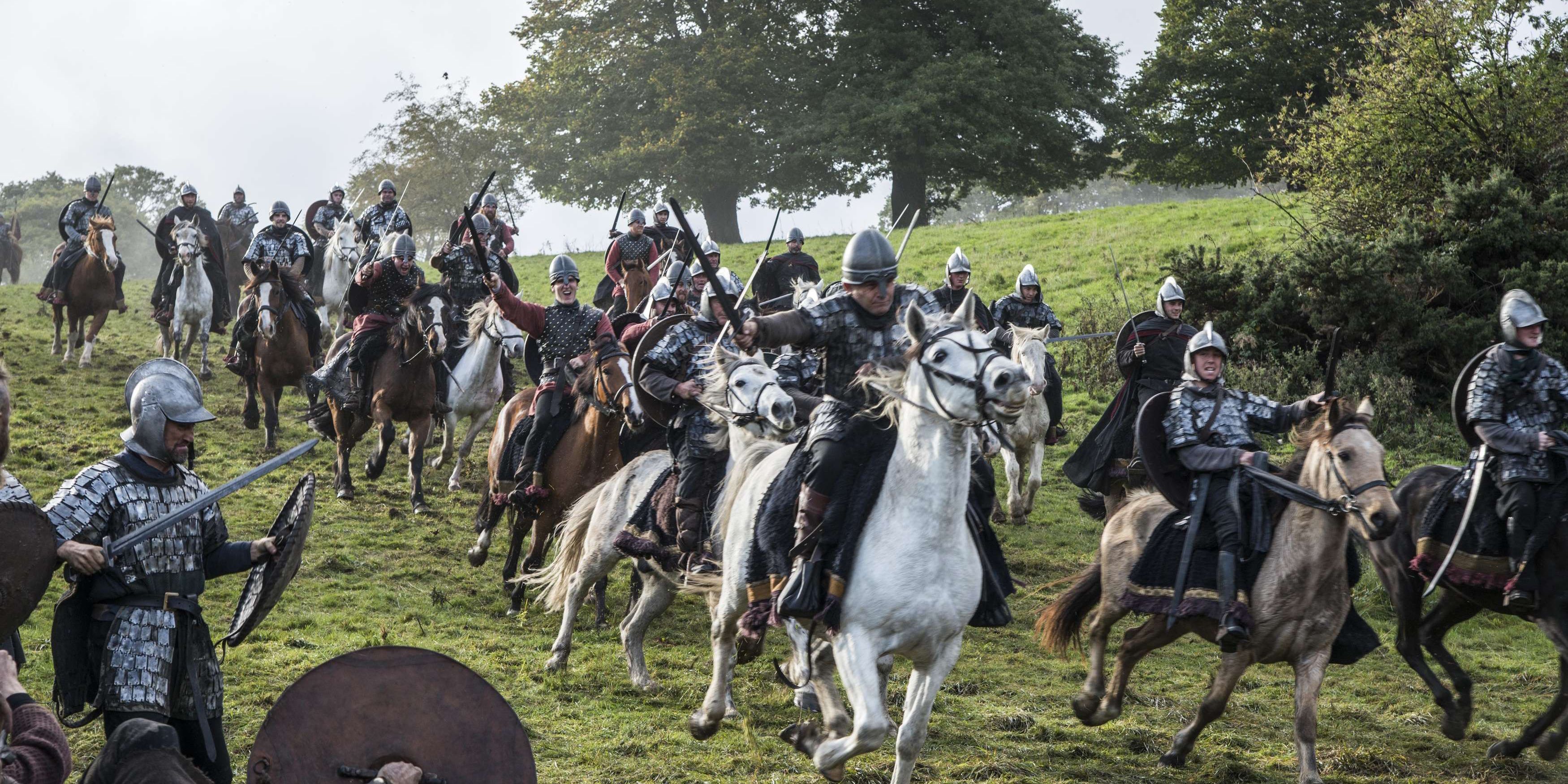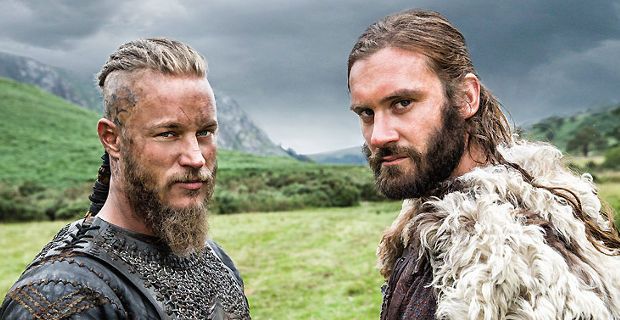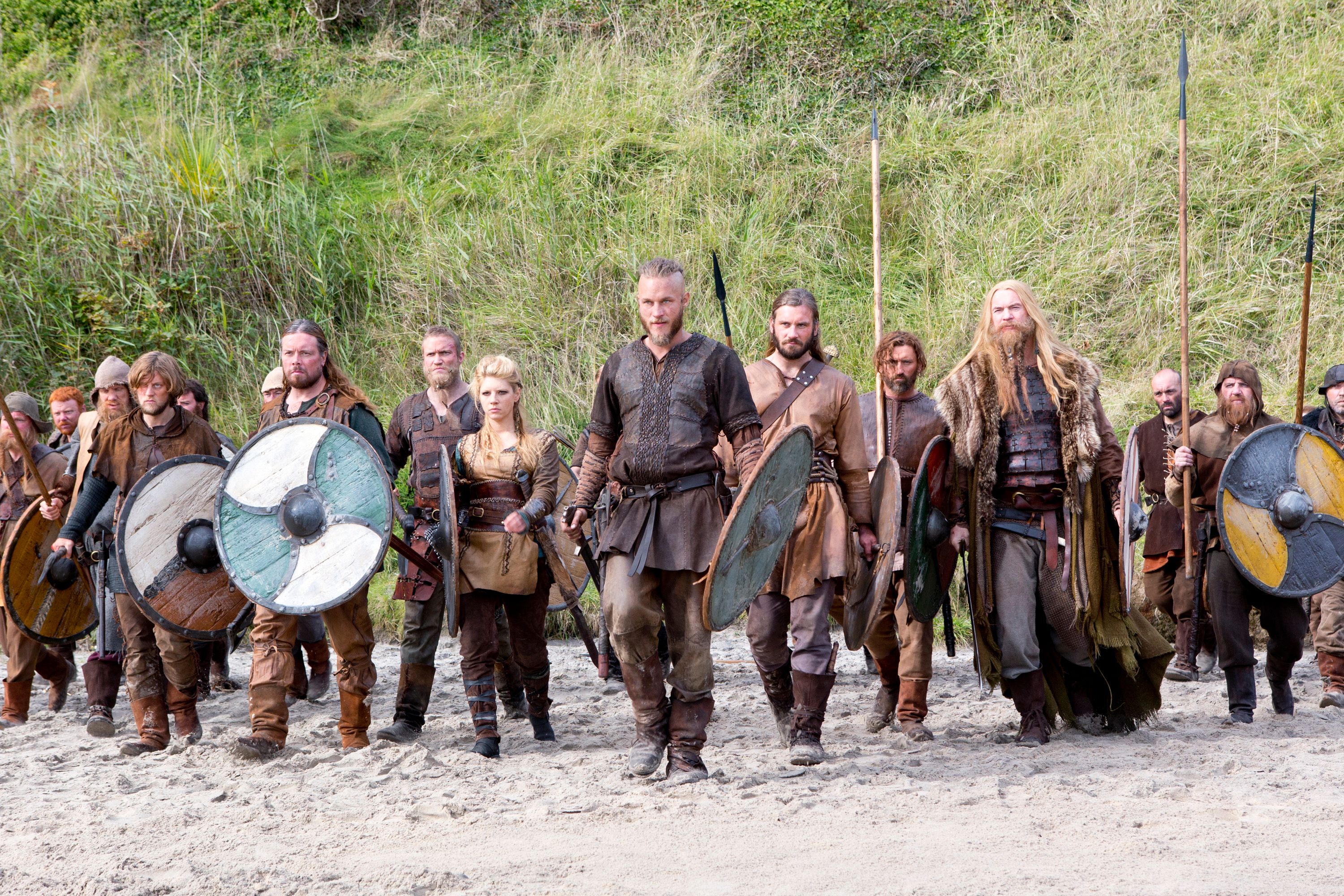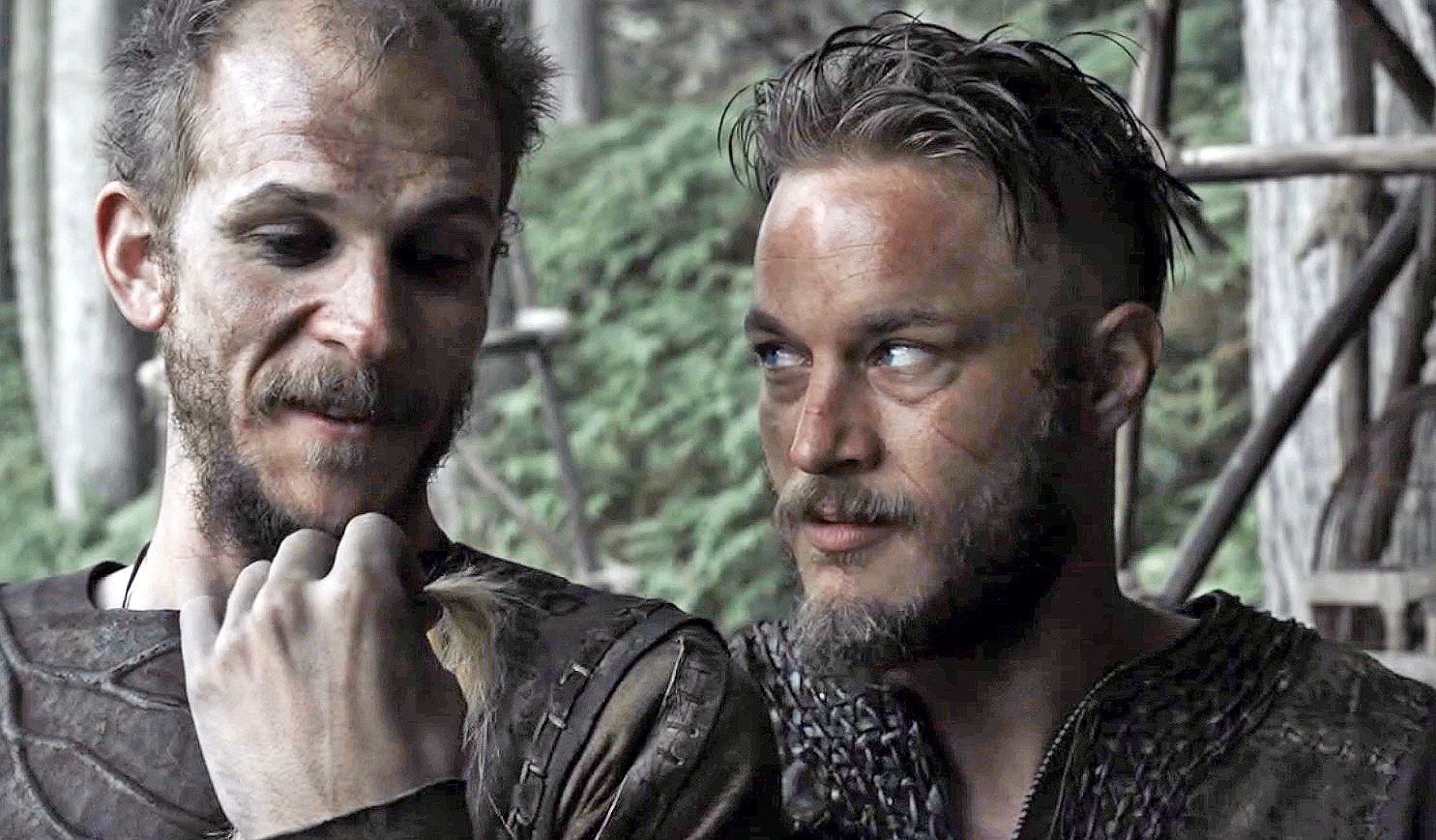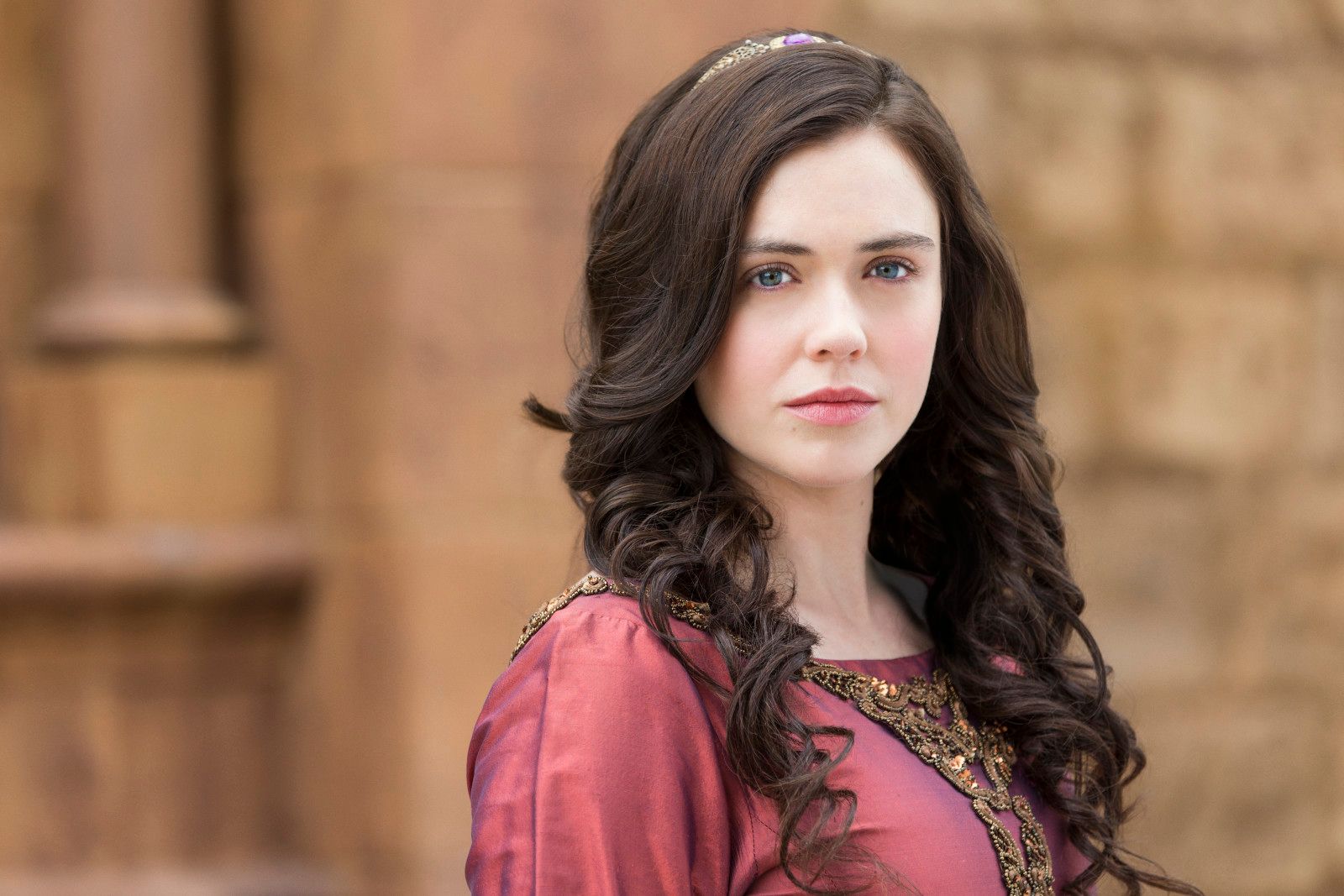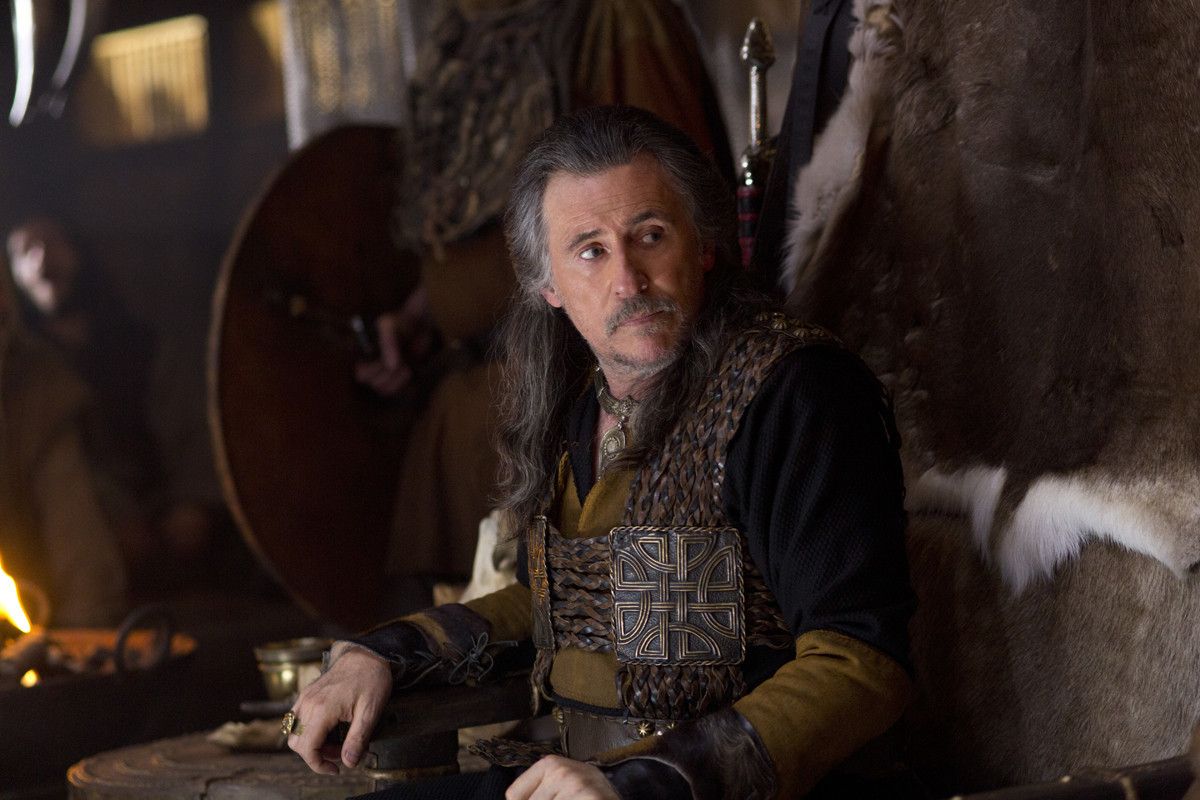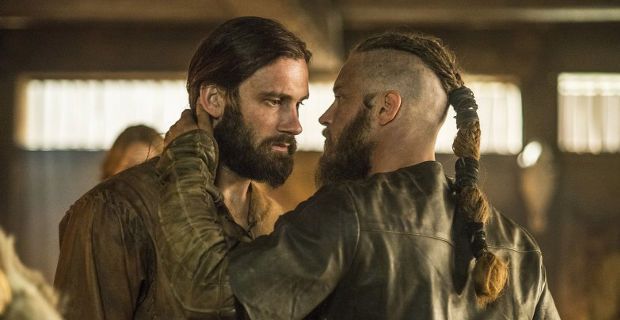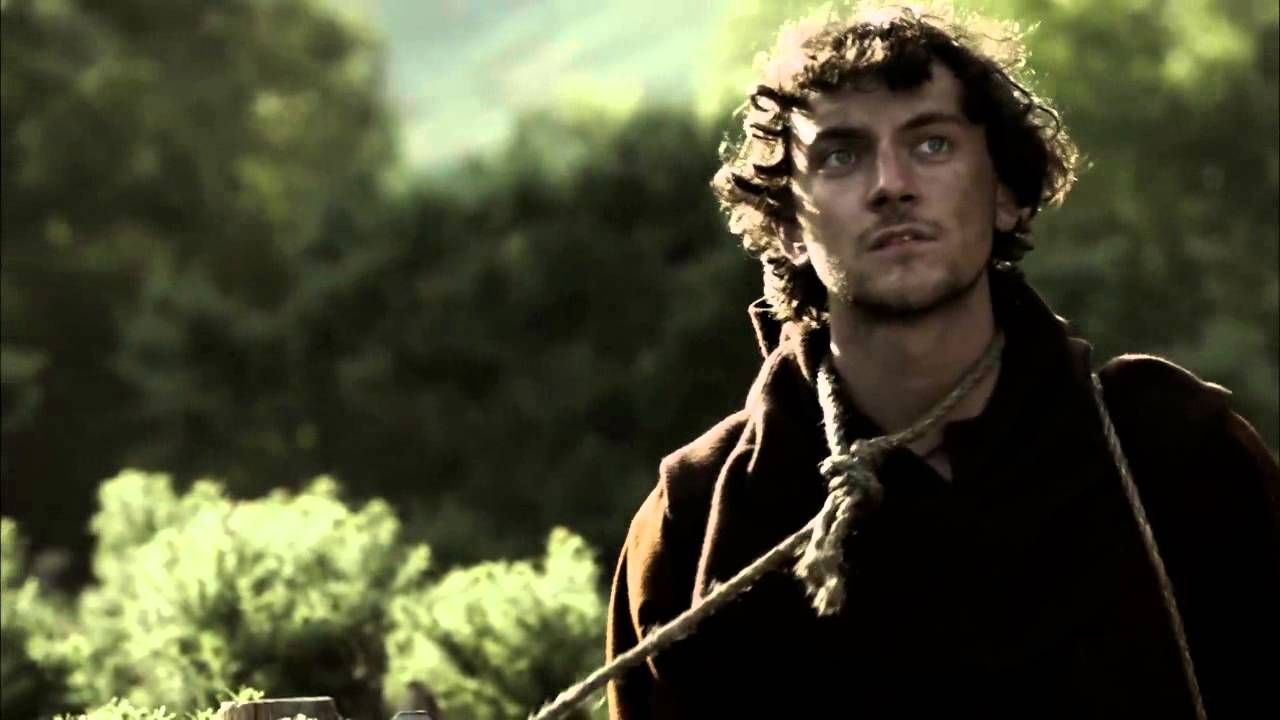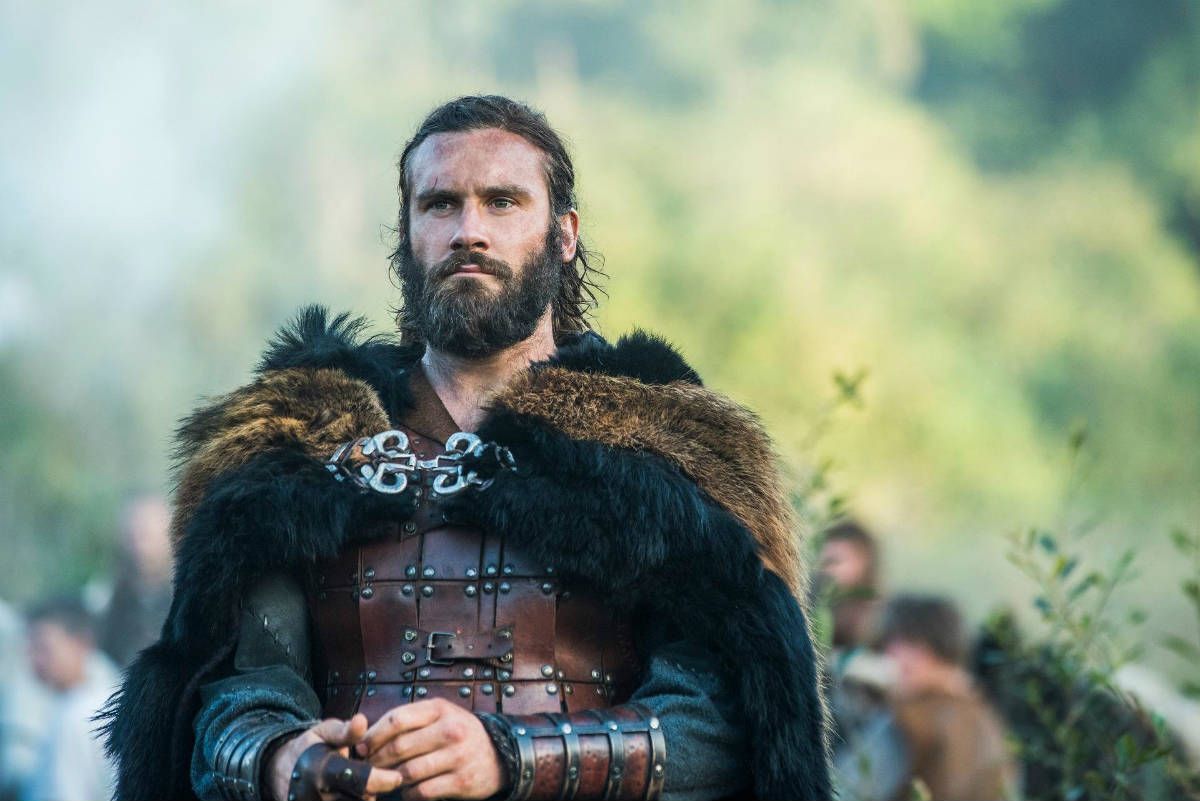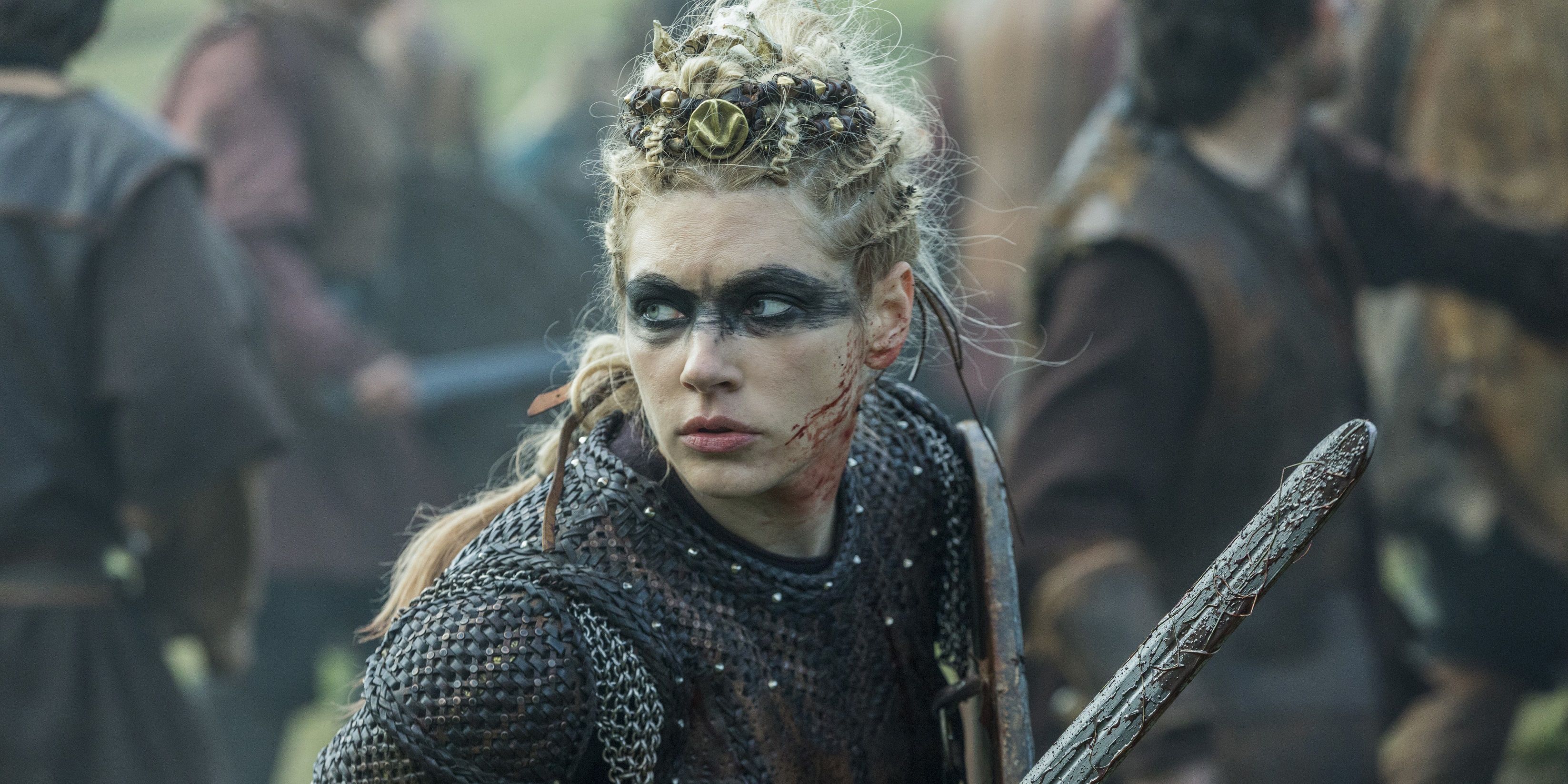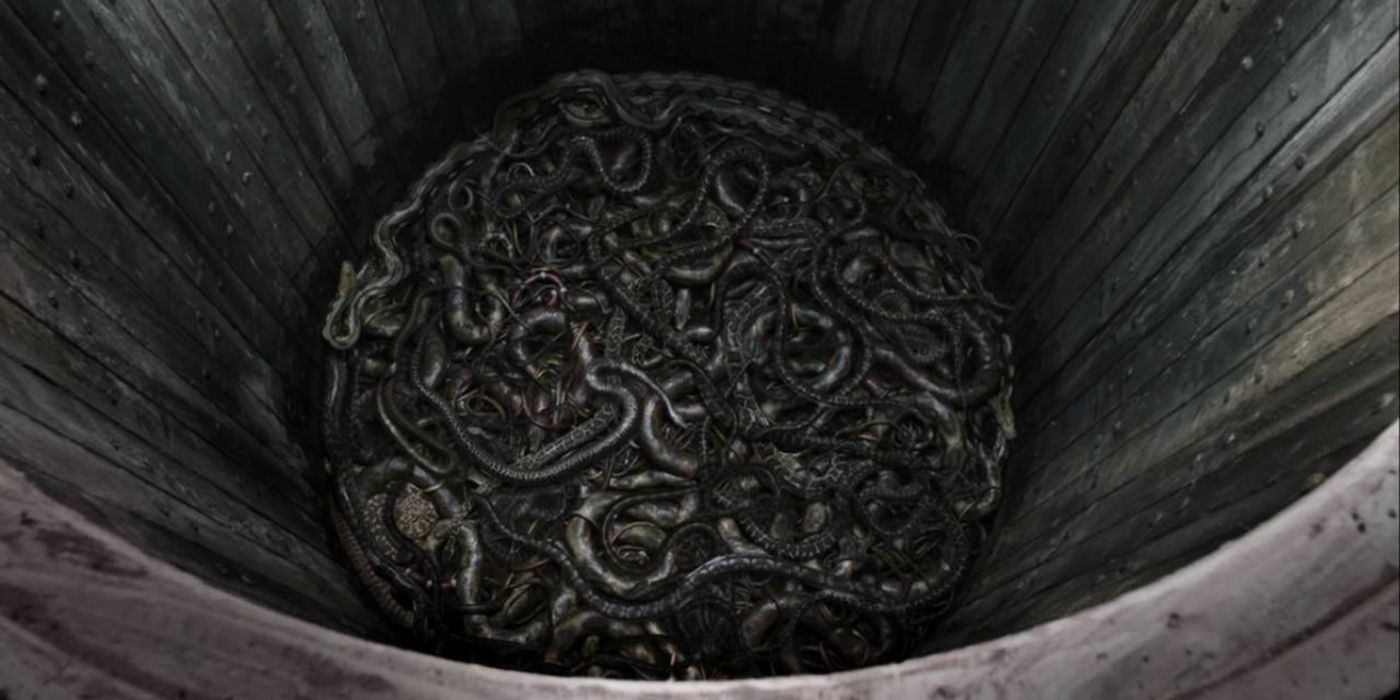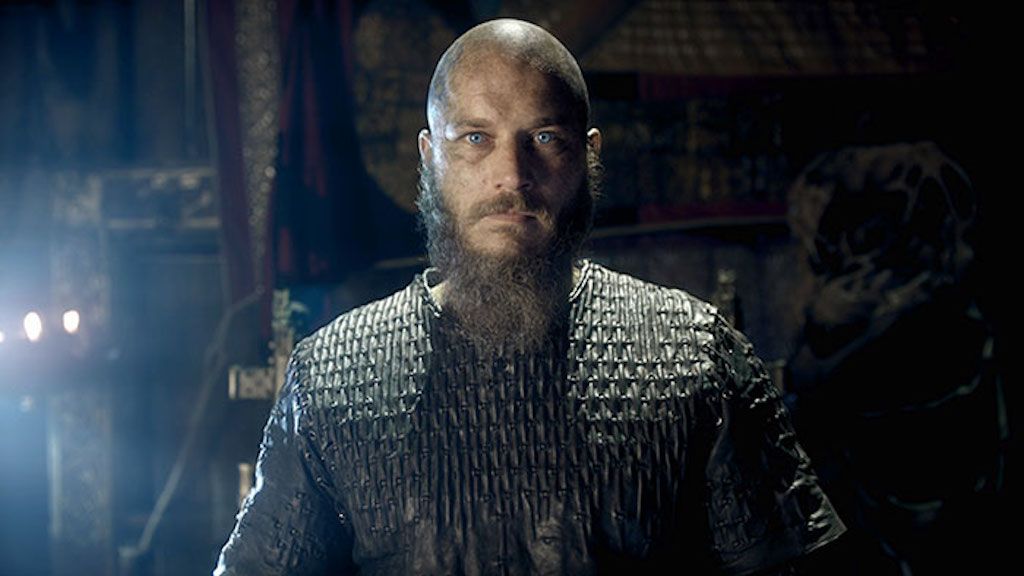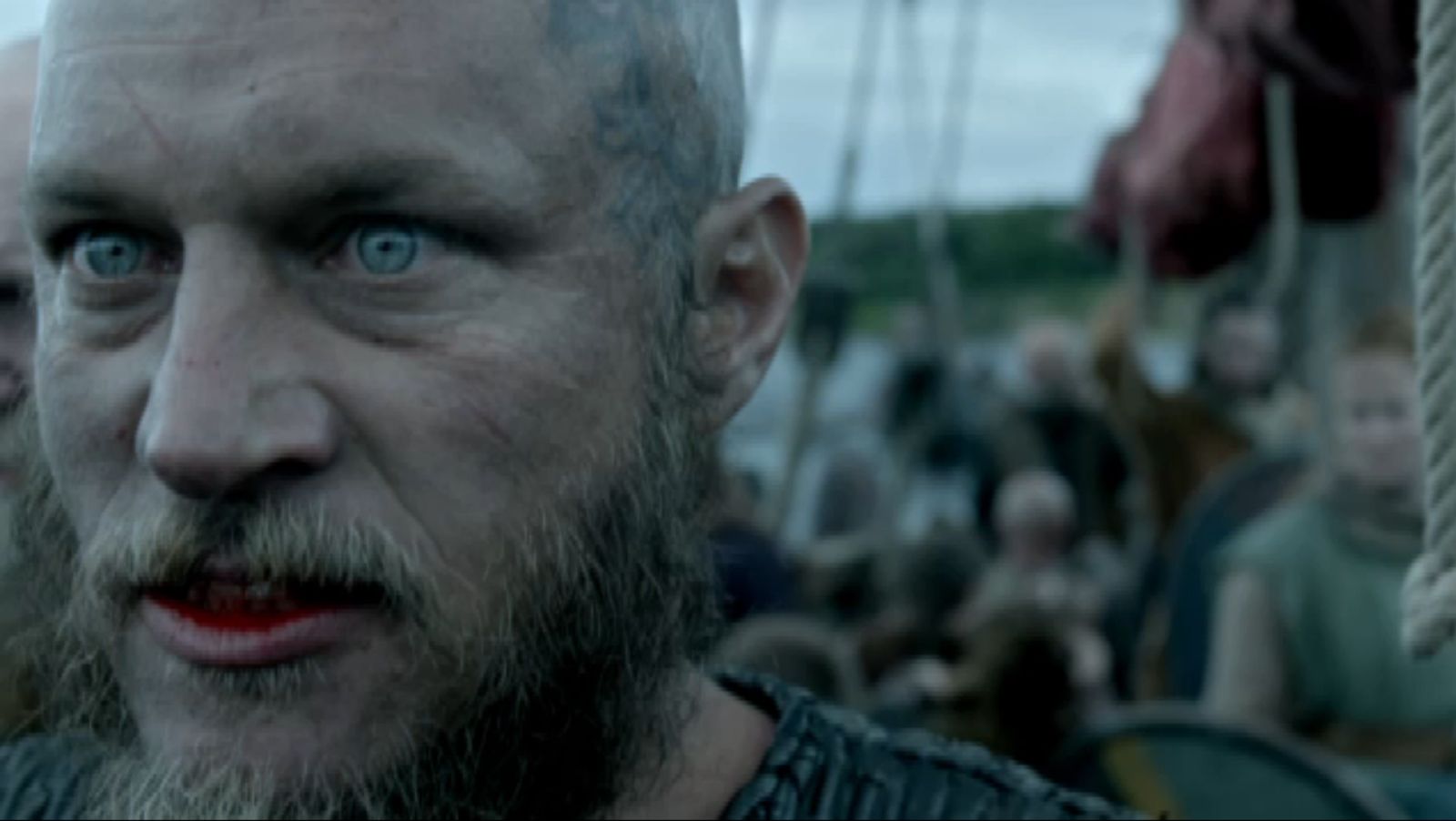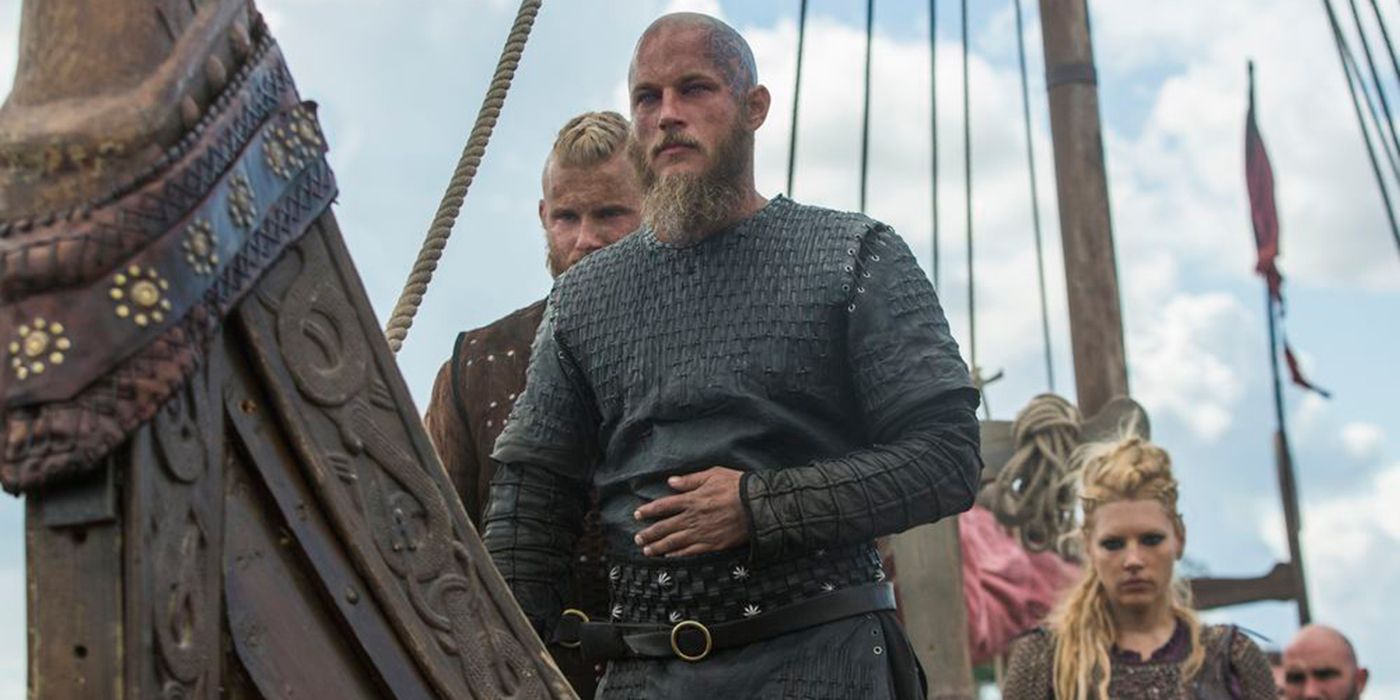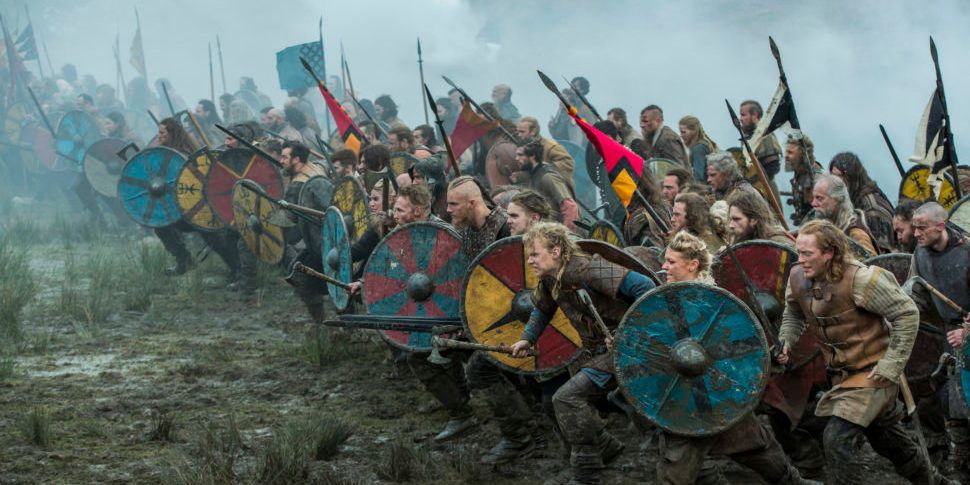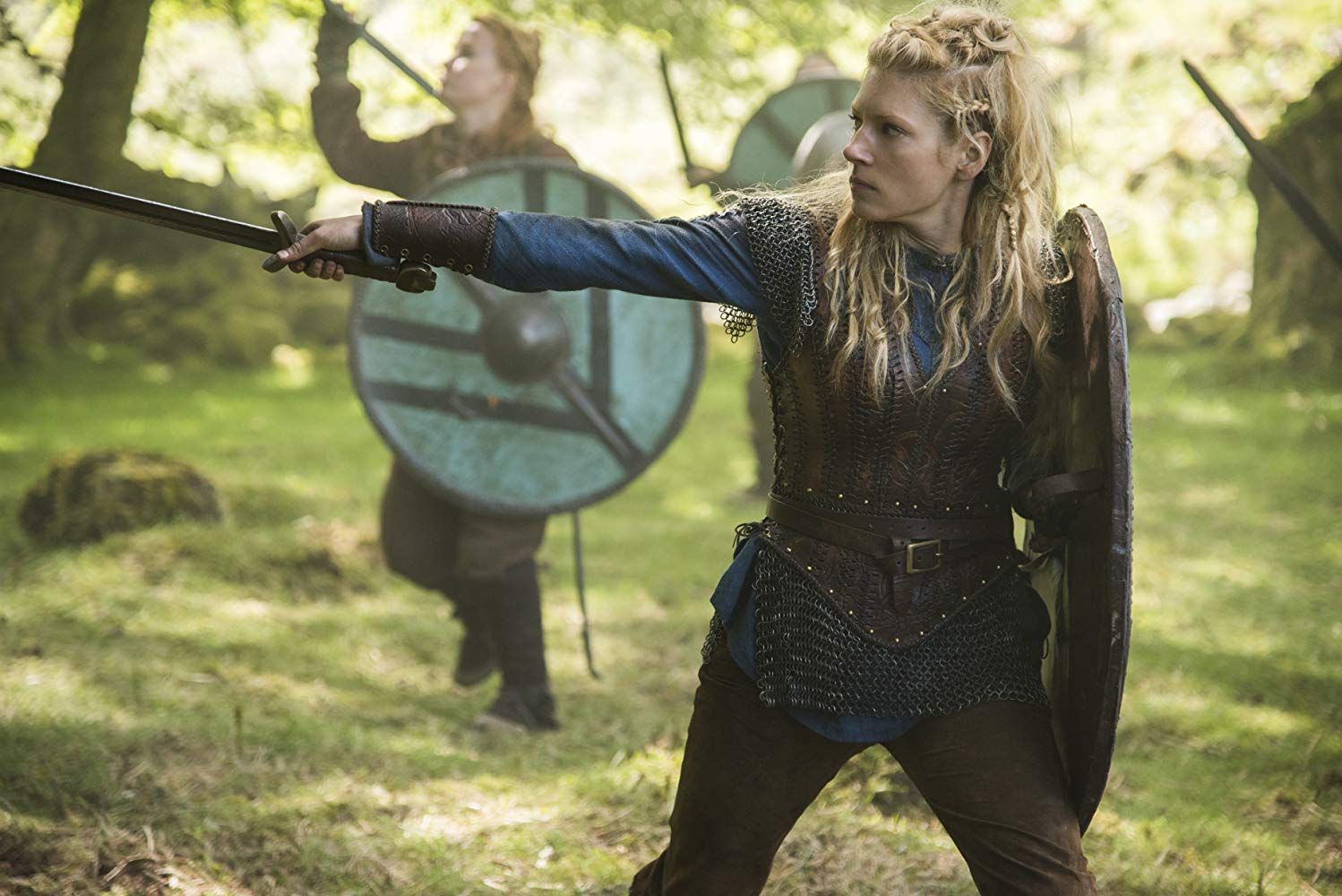Historical dramas still prove to be an area of interest for many viewers. The popularity of such shows has driven more networks to create series that fit the genre. The massive popularity of Game of Thrones can easily be named as an influence for the recent influx of period TV shows. The History Channel decided to try its hand on one such show with the creation of Vikings. The series depicts figures from Norse history as well as some mythology and folklore.
Since its debut in 2013, Vikings has relied upon compelling characters, riveting storylines, and action-packed scenes. Even with the loss of many popular characters including its lead, Ragnar Lothbrok (played by actor Travis Fimmel), the series continues to find success with viewers. The series will be coming to an end soon with the sixth and final season. Although few details have been released for the final season, we are sure audiences can expect the same gritty action and drama as the previous seasons.
Although the series has been based on some Viking history, many of the details of the characters have been altered. Also, some of the basic elements of the series including the timeline, backstories, and character depictions are inaccurate. There have even been cases of continuity errors that can easily distract viewers from the believability of the series. We will take a look at some of these mistakes made by the production team. Considering this show appears on the History channel, you would figure these errors wouldn’t happen, right?
Here are 20 Mistakes Fans Completely Missed In Vikings.
Lothbrok Isn't Even A Last Name
An interesting aspect of the culture from Scandinavia involves the last names of the men and their sons. The last name of the father would be bestowed on the sons in a possessive form. For example, in the case of Thor, his father was Odin, and his name was Thor Odinson (i.e., Odin’s son). The same would hold true for the Vikings of the series. However, not only was the last name for Ragnar’s children used incorrectly, but it wasn’t even a real last name.
On the series, the last name of Lothbrok did not follow these traditions. Also, “Lothbrok” is actually a nickname for Ragnar himself which mean “shaggy breeches.” Their true last names would be “Ragnarsson."
Modern Phrases Being Used That Haven't Been Invented Yet
Fans of Vikings tune in each week for the compelling storylines and the heart-stopping action. However, audiences also came for the unexpected humor and meme-worthy lines from the series. In season 3, one very quotable line came from Ragnar in the episode “Warrior’s Fate”. Speaking to Floki about the passing of Torstein, he ended his speech by saying, “And in the meantime Floki, shut your face.”
Fans may not have realized that this phrase and a few other modern phrases used on the show are historically inaccurate. There are no records of the use of the phrase “shut your face” until well into the 19th century. Despite the inaccuracy, it’s still a great quote!
The Thing Outdoors?
One of the most interesting parts of Norse law depicted on the show is the gathering of "the Thing." Although created to uphold peace within the land, they also served as a way to elect new leadership. On the series, however, the Thing varies significantly from the historical records of the Vikings of the past. Things have been shown to take place in the hall of Jarl Haraldson.
However, according to accounts of Norse law, the thing was a “public assembly of which all freemen would have a say in the governance of the land and people.” Although the things finally move to outside forums, their early depictions were a far cry from the correct form of the forums.
Vikings Actually Wore Helmets
One of the most well-known symbols associated with Viking has become the horned helmet. Used in many fictional depictions of the warriors, the horned helmet has been used in association with these tribes for years. Even the mascot for the Minnesota Vikings wears one of these recognizable helmets. However, the Vikings on the series do not wear such helmets and in this case, that is correct. There have been no records of Vikings ever sporting any type of horned helmets in the past. However, the use of helmets, however, has been discovered in their history.
Early accounts of such protective wear would have been in existence during the timeline for the series. The absence of any protective wear at all is inaccurate.
The Saxons Were Actually Strong Fighters
The depictions of Saxons on the series showed a very weak group as compared to the Vikings. Granted, the series is built around the view of history from the Vikings’ perspective, their depiction of the Saxon is very skewed. In history, the Anglo-Saxons had been in various parts of England for centuries.
Actually, Anglo-Saxons mercenaries were part of the Roman army in Britain while the empire was still in ruling power. They meticulously battled throughout the country until they were able to establish large kingdoms by 650 AD. By that time, they had established seven kingdoms with included Northumbria and Wessex. By 850 A.D, they consolidated into the three large kingdoms of Northumbria, Mercia, and Wessex. Pretty impressive for such a weak group.
The Vikings don't know the legend of Thor
The legend of the Norse God Thor has certainly seen many changes over the years. His depictions in various stories, including the Marvel Universe, have strayed away from his mythological roots in numerous ways. In Vikings, the details of his legend have been changed yet again just for the series. On the show, they said that thunder occurs when Thor smashed his hammer into an anvil. However, the history of his legend paints a very different picture of his power.
Thor, who had the ability to control lightning, thunder, and storms, did not use his hammer to create thunder. Instead, the sound was produced while he rode his chariot across the sky, pulled by his two goats Tanngrisnir and Tanngnjóstr. The wheels on the chariot produced the sound.
There is No Russia
Details of the sixth and final season of Vikings have been very sparse. Although some cast members have been confirmed to return for the next season, fans have few details about the plot. However, it has been revealed that Ivan the Boneless will be heading to Russia in season 6. Several mentions to Russia have been brought up in the series over the years. However, the place Ivan will be heading to was not actually called Russia back then.
The country did not exist under that name during that time period. Instead, the Old Norse term for that area would have been "Garðaríki". At the time, the future country was nothing more than a collection of cities.
Vikings Didn't Call Themselves Vikings
Another questionable element of the series is the use of the term “Vikings” on the show. We’ve seen characters refer to themselves and others with the terminology, but that may not be historically true. Old Norse was the language used by the people of Sweden, Norway, and Denmark during the Viking Age. In studying that language, no evidence has been found that they used the term for themselves.
In fact, the term did not show up in the language until the Romantic Era of the 19th century. However, those who had been invaded by the Vikings during that time in history used different names for them. Evidence has been shown that the names “Nords, Norsemen, Northmen, or Danes” were the original names of the Vikings.
Judith never had Alfred
Judith received a new backstory for the Vikings series. According to the show, Judith was the daughter of Aelle and Ealhswith of Northumbria. Because of her arranged marriage, she wed Aethelwulf of Wessex. The couple had a son: Aethelred. However, she also had a lover on the side, Athelstan. The two had an illegitimate son by the name of Alfred, who goes on to become Alfred the Great.
The details of her background vary greatly from the real-life inspiration for the character, Judith of Flanders. She was the second wife of Aethelwulf, but they did not have any children. In addition, she was the daughter of Charles the Bald and Ermentrude of Orléans. She also never met Ecbert, so that relationship never happened.
The Jarl Could Never Be Power-Hungry
The Thing stood as the form of government for the Vikings during their times. The power of the Thing remained in the hands of the Jarl. He often held himself in higher regard than the other members and would treat others in such a manner. However, any behavior from the Jarl that seemed unfair or unbalanced would not have been tolerated, according to historians.
The chieftains were not as ruthless as depicted on the series. In fact, any type of behavior that demonstrated a chieftain was arrogant or aggressive would not be supported. The people were encouraged to disobey him. No one like Jarl Haraldson would have remained in power in the Viking Age.
Rollo And Ragnar Weren't Related
When Vikings first began, brothers Rollo and Ragnar worked together to lead the raids to Northumbria together. Neither brother had more power than the other, and they worked as equals. However, once Ragnar was made Jarl, the dynamic between the two shifted, and Rollo soon tried to prove himself by betraying his own brother. In truth, however, the power struggle between the two brothers did not exist. Neither did their brotherly bond, for that matter.
Rollo and Ragnar shared no familial connections whatsoever, according to Viking history. Actually, Rollo’s ancestry ties to the Royal of Britain family. His great, great, great grandson, William the Conqueror, later became William I of England, a direct ancestor to the current monarchy.
Athelstan's Impossible Punishment
The passing of Christian monk Athelstan shocked fans back in 2015. Since being abducted from his monastery in Lindisfarne, he tried to adjust to life with the Vikings. His constant struggle between maintaining his Christian religion and accepting the pagan life had the character emotionally torn. In the episode "Born Again", he finally accepted God over the Viking beliefs. Before that, however, he returned to Wessex, where he was persecuted as a heretic for accepting the Vikings ways.
However, this final act of punishment was not a common form of punishment. The act had been outlawed by Emperor Constantine back in the 4th century. Considering the action in Vikings takes place in the 9th century, this act of punishment would not be done in Wessex.
Rollo Actually Raided France, Not England
In the episode “Boneless”, we saw Rollo and Bjorn sparring together. Rollo was helping his nephew prepare for their upcoming raid on Wessex. However, Bjorn showed some hesitance when fighting his uncle. Rollo then encouraged him always to finish off his opponents. Despite Bjorn’s fears of losing his life in battle, Rollo pushed him to learn to survive and be a great warrior.
However, according to historical accounts, Rollo would not have been around to be an influence on his nephew. The real Viking Rollo was preoccupied with laying his own sieges on territories. With a focus on France, he seized Rouen in 876 A.D. and conquered Paris in 885 A.D.
Lagertha Failed to fight the skeletons
In the mid-season finale for season 5, fans witnessed a very violent episode that included Ivar the Boneless coming to battle again Lagertha and Ironside. Ivar threw down his crutch and miraculously balanced on his own two feet long enough to rally the fighters. After his rousing speech, he turned his sights on the battlefield and easily spotted Lagertha.
He has a vision, and the scenes on the battlefield changed. The audience then saw Lagertha surrounded by skeletons as she continued to fight and defeated them one by one. However, during this sequence, eagle-eyed fans could spot out moments when Lagertha would swing at the skeletons and ultimately not come close to them. Despite the miss, the skeletons still fell to the ground. Oops.
The Snakes In The Pit Weren't Actually Poisonous
Some TV shows have trouble continuing after their main characters leave the series. Although some have barely survived (The Office, for example), many shows choose to keep their leads in place despite their lackluster storylines or likability. However, fans of Vikings watched as Ragnar met his end in the season finale of season 4. In fact, three major characters lost their lives during the course of season 4.
With the episode "The Reckoning", we witnessed Ragnar meeting his end at the bottom of a snake pit. After being bitten by one of the venomous creatures, he soon perished from the injuries. In reality, he would have survived the pit of snakes since they consisted of boa constrictors that carry no venom whatsoever.
Ragnar's Magical Shifting Knives
The Vikings on the series have been portrayed as very dangerous warriors. They spend hours training their people in the art of fighting and the use of weaponry. They invest time in teaching their children how to protect themselves while in battle or defending themselves during an invasion.
We have often seen Ragnar practicing his techniques of throwing knives. In the season 4 episode “Promised”, we watch another session of Ragnar practicing his fighting skills. However, a closer re-watch will reveal a continuity error in the scene. The three knives that he throws in practice end up changing positions from the start to the end of the scene.
The Vikings Were in England Long Before Ragnar
On the series, we watch as Ragnar became one of the first to explore the North Sea and discover unknown territory. He even explored additional regions that Vikings had never been brave enough to investigate. His actions helped to ready the Viking for their raid on England. However, according to historical records, Ragnar was never credited with this exploration, mainly because it had been done before.
Before the 9th century timeline depicted on the show, records show that the Vikings had made their way into England during the 5th and 6th centuries. In fact, by the end of the 9th century, tribes from Scandinavia had well-established settlements in England already, making Ragnar’s fictional efforts a waste.
Missing Oars and Waves
As the Vikings took to the sea to explore new land and take on new enemies, they relied on their massive ships to take them safely across the waters. Often depicted in Viking themed shows and films, the ships required the power of teams of men to propel the vessel properly. Granted, the show did get the depiction of this ships right in most cases. A few occasions have arisen, however, when there have been a few continuity errors that fans may have missed.
In the season 4 episode “Death All ‘Round”, viewers can see that the boats are moving at full speed and yet there are no waves to around the ship. In another slip-up seen in the episode “The Vision”, two oarsmen are going through the motions of rowing with no visible oars. Oops.
The Vikings' Combat Style
The battles of the show have never lacked in intensity, bloodshed, or tension. We’ve watched as some of our favorite characters have triumphed on the battlefield while others have lost their lives. The image of the Vikings charging into battle with little regard for their lives continues to be a thrilling one.
Interestingly, that same invigorating battle style was not used by the Vikings if the past. This style, very similar to that of the Greeks, was not the typical style employed by the Norse people. Instead, the Norsemen relied on raids that would take their enemies by surprise. They used more surprise attacks and various methods of ambush in order to win their fights.
Female Warriors Like Lagertha Have Never Been Proven To Exist
Lagertha became one of the standouts of the series thanks to the character being such an incredible fighter. Since an early age, her father raised her to be a shield-maiden and prepared her for a life on the battlefield. She has proved herself to be one of the fiercest fighters in battle. However, her very existence on the show has been contested by historians as no records of such a position has ever existed.
In the researching of Norse history, there has been evidence that women did take part in some fights, but it was very rare. The term “shield-maiden” seems to take its origins from Scandinavian folklore and not from history at all. Real or not, Lagertha is still one of our favorites.
---
What other mistakes did you catch in Vikings? Let us know in the comments!

